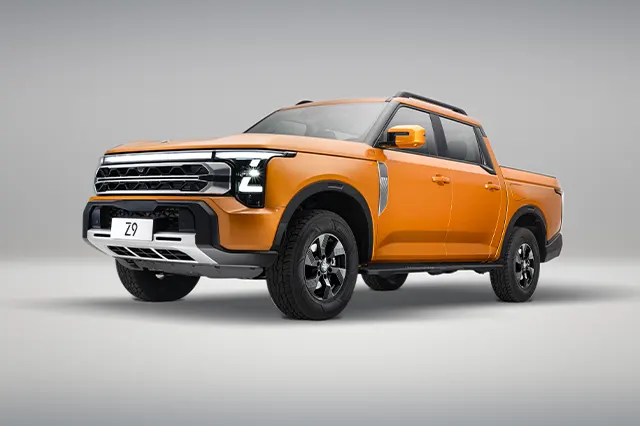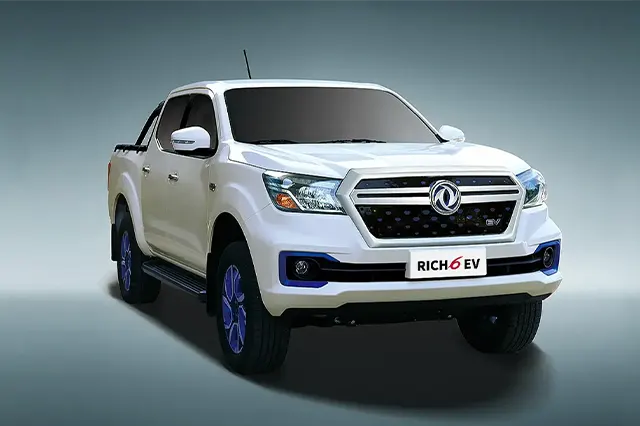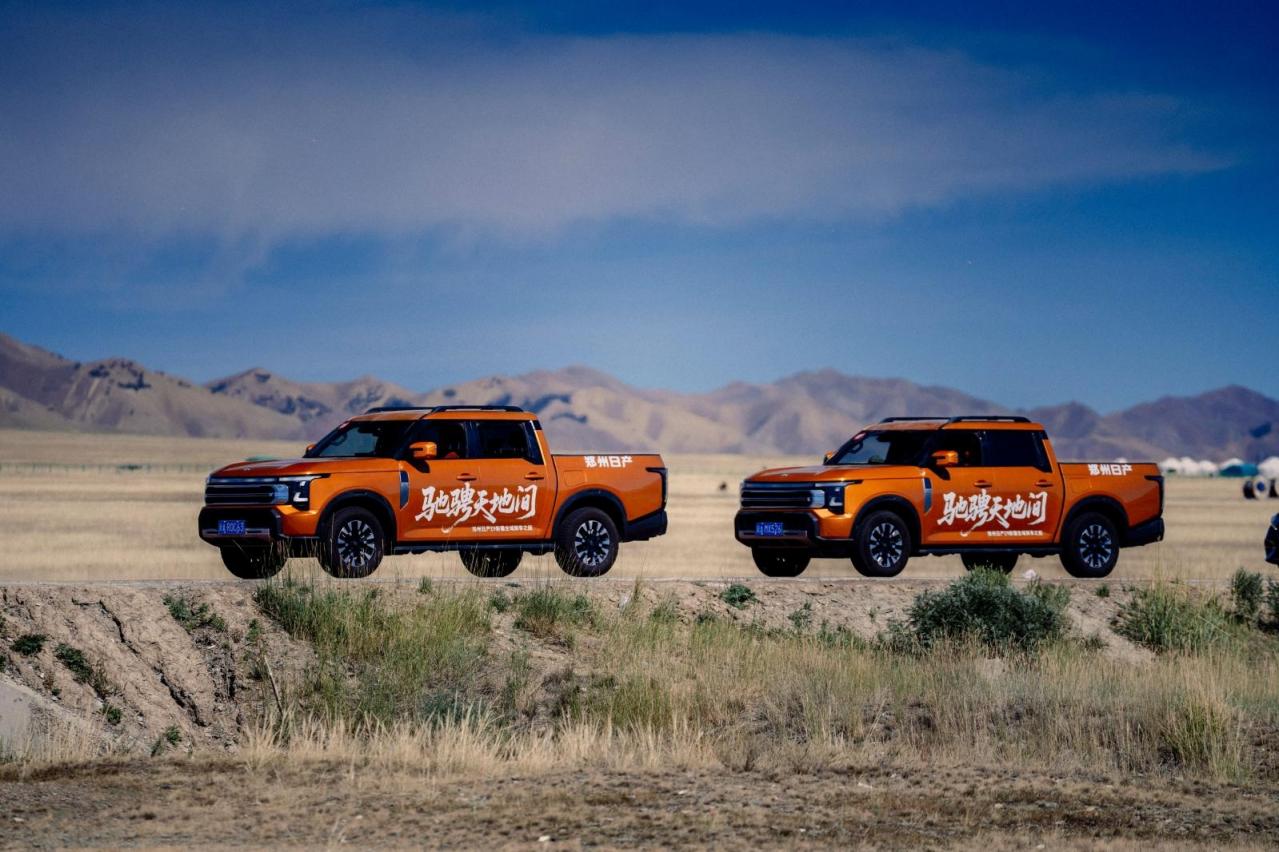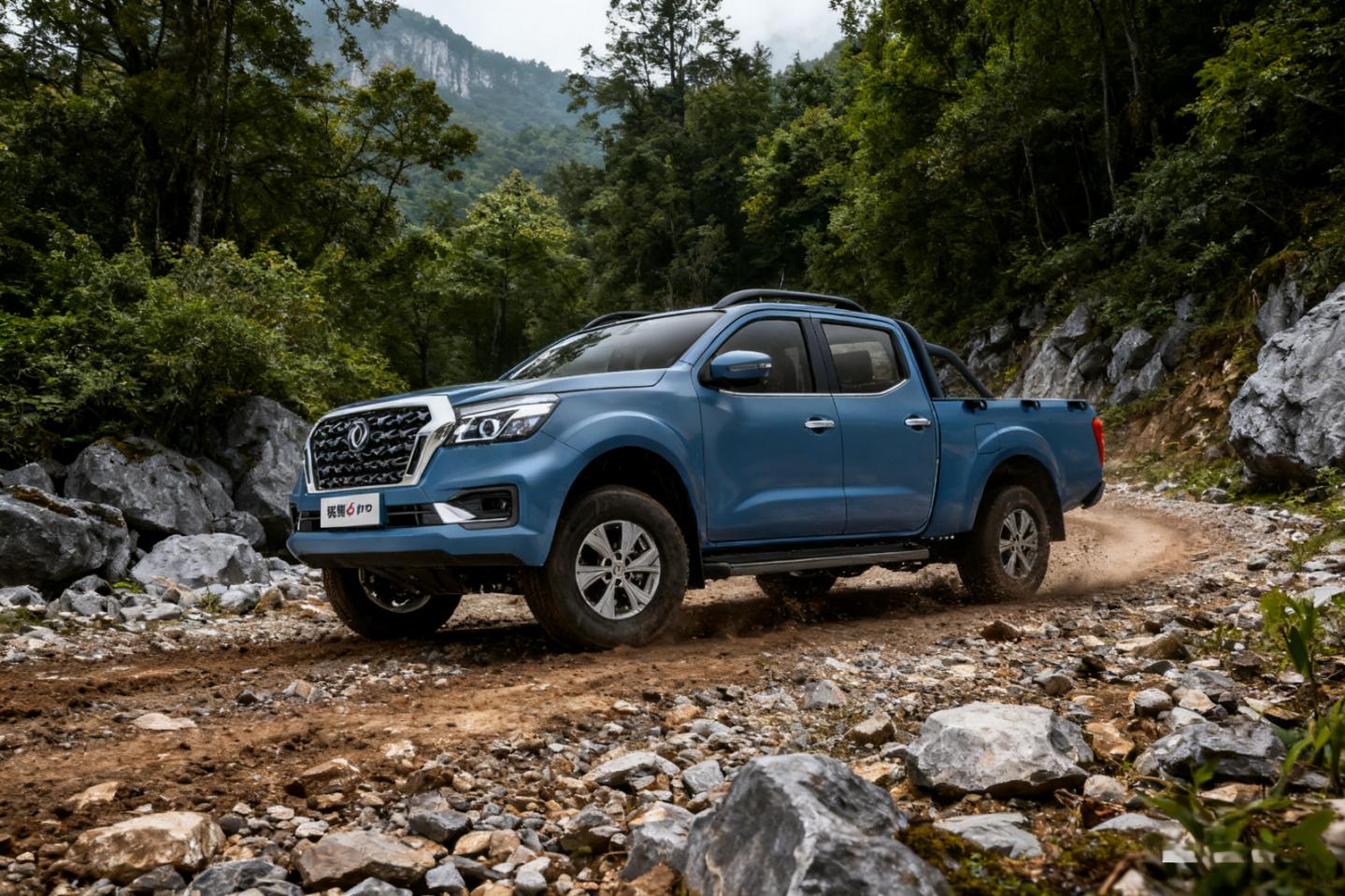Off-road camper pickup trucks meet their toughest season in winter, when cold starts, road salt, and deep snow expose every weak link. From a manufacturer's seat, we design for these conditions - and we know exactly where owners can win or lose reliability once temperatures fall.
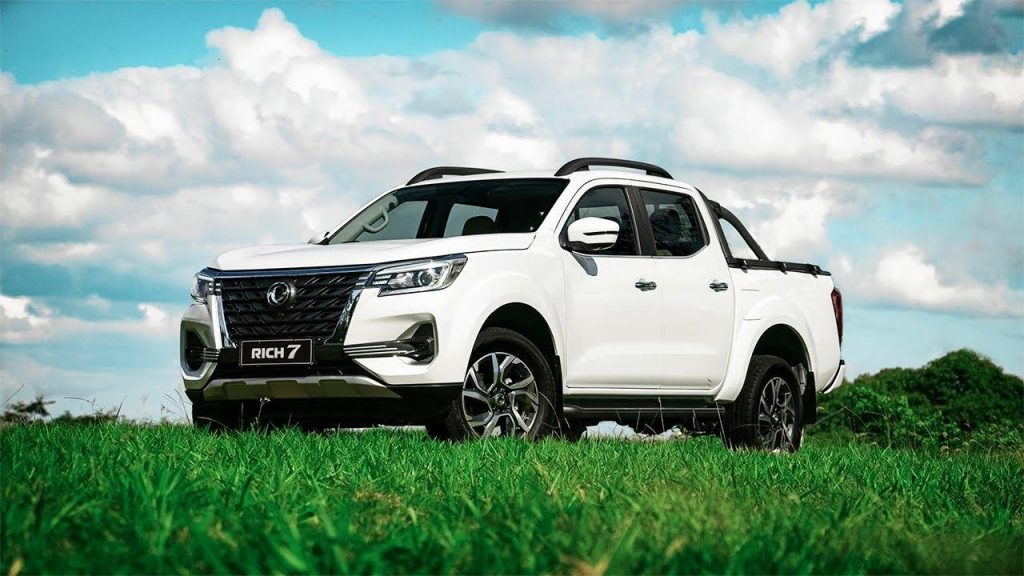
Why Winter Stresses Off-Road Camper Pickup Trucks?
Winter turns small flaws into big failures. Cold air thickens oil. Batteries deliver less current. Moisture freezes in hinges and locks. Road salt attacks frames and fasteners. On trails, heavy snow and rutted ice add shock loads to the suspension and driveline. Camper modules raise mass and center of gravity, so brakes and tires work harder and heat cycles are longer.
RICH 7 is powered by our latest gasoline 2.0L turbo platform (1,997 mL), developing 168 kW and 360 Nm. It is paired with four-wheel disc brakes and a front double fork arm with stabilizer bar, backed by a steel spring rear. Clearance is 219 mm, approach/departure angles are 33°/25°, and maximum gradeability reaches 40%. These numbers matter in winter because they reduce plowing, protect the underbody, and maintain traction when a rut turns to a ramp. A 73 L fuel tank extends range for slow crawls or idling heat, which often defines a long recovery or an overnight camp in sub-zero wind.
- Pain Points We See Most
Owners of off-road camper pickup trucks usually report the same pattern:
• Battery sag after short trips with high accessory loads.
• Brake fade and surface rust after snow or salt exposure.
• Bushings and joints packed with ice, accelerating wear.
• Tire sidewall cuts from frozen shale; bead leaks at low PSI.
• Salt corrosion on frames, cargo hardware, and fasteners.
A Manufacturer's Maintenance Plan That Works
We recommend a simple cadence: complete inspections every 5,000 - 7,500 km during winter, and after each multi-day off-road trip. Keep notes. Small records prevent big bills.
- Fluids And Electrical: First To Fail, First To Fix
Cold starts are the moment of truth for off-road camper pickup trucks. Preparation here prevents most trailhead disappointments.
• Oil & Coolant: Use winter-rated oil as specified in your manual; verify coolant is mixed for −35 °C or colder. Thin oil at start-up protects cam lobes and turbo bearings.
• Battery & Charging: Load-test before the season, clean terminals, and check grounds. If you power a fridge, inverter, or lights, consider a dual-battery system with a smart isolator. Watch voltage on the 3.5" multifunction display or a dedicated gauge.
• Fuel System: Top off to reduce tank condensation. Our Euro VI-N6B calibration manages cold well, but stale fuel still causes hard starts. A quality fuel dryer before deep freeze trips helps.
• Driveline Fluids: If you ford streams, inspect diff and transfer case breathers. Milky fluid in winter means water entry - change it immediately.
- Chassis, Tires, And Brakes: Control Beats Power
On ice and snow, control wins over raw output.
• Brakes: After slush runs, rinse calipers and shields. Safety systems - ABS + EBD, HBA, VDC, TCS, ROP, and emergency brake warning - work best when pads are clean and rotors are smooth.
• Suspension: Clear packed ice from control arms and spring perches. Our double fork arm geometry tracks straight only if bushings stay supple and free of ice.
• Tires: Choose winter-rated all-terrains. Factory 255/70R16 tires provide more sidewall for flotation; 255/60R18 balance steering response with snow bite. Set a cold pressure baseline and rely on TPMS to catch overnight drops. Carry chains where legal.
• Undercarriage: The standard resin engine underguard sheds slush. For rocky routes beneath snow, add skid protection for the transfer case and fuel tank. Rinse frame rails and treat exposed metal with a salt-resistant coating, especially inside the cargo box.
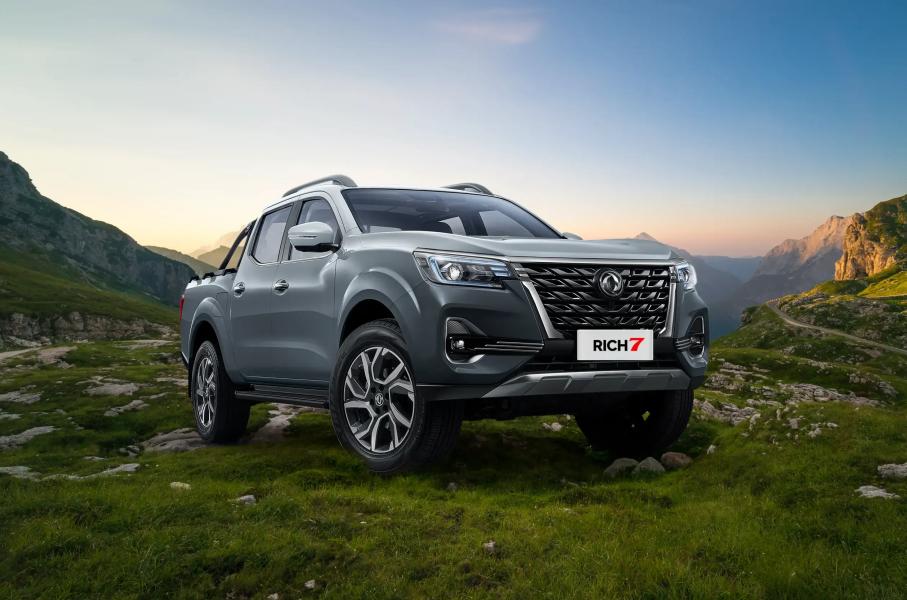
- Body, Cabin, And Electronics: Visibility And Comfort Keep You Safe
Driver clarity reduces mistakes when traction is low.
• Seals & Locks: Treat door and tailgate seals with silicone. Our electronic filler cap and remote locking help in gloves, but rubber still needs care to avoid freezing shut.
• Lighting & Cameras: Confirm auto headlamp aim after adding roof gear. Keep LED DRLs clean. Use the rear camera and optional 360° view to spot ice mounds before you back into them.
• HVAC & Dry-Out: Automatic AC with pollen filter defogs fast. After any water crossing, run heat high to dry carpets and wiring looms.
• Telematics: Use remote vehicle control to pre-condition the cabin, check vehicle status at camp, and schedule OTA updates before a long tour.
Smart Upgrades And Operating Tips For Real Winter Duty
The right hardware plus thoughtful driving makes off-road camper pickup trucks feel calm when the map turns white. Our 4WD with available differential lock (UPR) pairs with a tight 6.4 m minimum turning radius for forest roads. G.V.W. up to 2,740 kg and a stable 490 kg payload across trims support camper modules without overloading the chassis. Maximum speed of 170 km/h means little in snow; smooth low-speed control with 5MT or 8AT matters much more.
✅ Recommended Winter Build Choices
• Tire/Wheel Package: For deep snow corridors, pick the 16-inch 255/70R16 for sidewall and flotation. For mixed highway and snow, the 18-inch 255/60R18 balances bite and steering.
• Heat & Power: Add seat heaters to the 8-way electronic driver's seat (UPR) and a 12 V battery heater pad for trips below −20 °C. Consider heated wiper park if available.
• Lighting: Keep auxiliary lights simple and well-aimed. The fog-on-turn function improves visibility on whiteout corners and narrow cutbanks.
• Cargo Management: Use the rear cargo protective rack and inside hooks for shovels, traction boards, and a proper tow strap. The side pedal reduces slips when climbing in with ice on boots.
• Roof & Aero: If you mount the optional roof rack, clear snow loads before driving. Roof ice hum increases fatigue on long days.
- Operating Habits That Extend Component Life
Start gentle. Let oil circulate before asking for boost. In ruts, keep momentum steady and avoid throttle spikes; the stabilizer bar handles roll, but the tires decide your fate. Use cruise control sparingly on slick highways. After each outing, rinse the underbody, then take a short drive to dry the brakes. Inspect the spare tire - winter flats love to find neglected spares.
- Corrosion Defense: The Long Game
Salt is persistent. Apply a fresh anti-rust coat to the cargo box and fasteners at the start of the season. Touch up chips promptly. Clean drain holes in doors and tailgate so meltwater exits. If you store the truck, avoid tight car covers that trap moisture; good airflow beats perfect coverage in winter.
✅ Quick Checklist Before Every Snow Trip
• Battery voltage at rest above spec; terminals tight.
• Tire pressures set cold; chains packed where legal.
• Recovery gear staged on the cargo rack; gloves accessible.
• Camera lenses clean; lights aimed and clear of ice.
• Full fuel tank (73 L capacity helps in long idles).
CTA - Build Your Winter Package Today
If you're preparing off-road camper pickup trucks for serious cold, talk with our dealer team. We'll set up winter A/T tires, a dual-battery kit, targeted skid protection, and a pre-season fluid service. We can also configure telematics for remote pre-heat and push the latest OTA updates. Equip once, maintain on schedule, and your off-road camper pickup trucks will stay confident from first frost to spring thaw.
